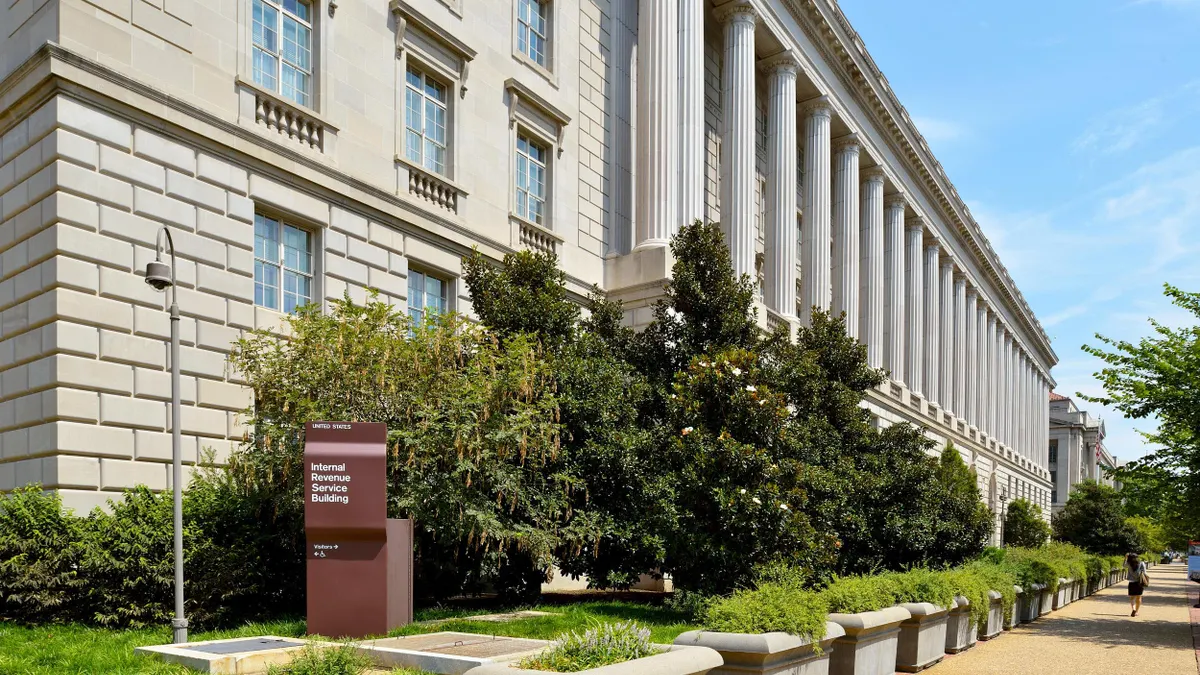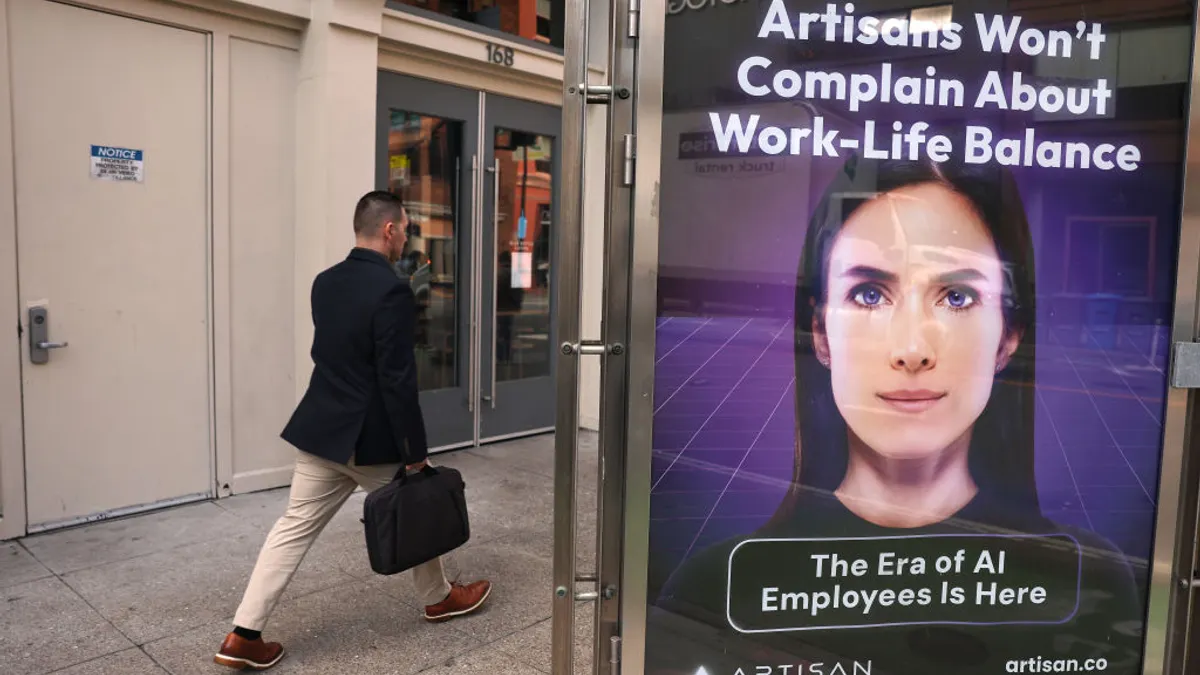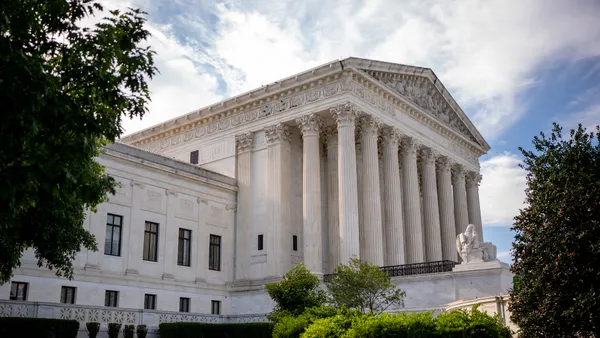Employees enrolled in 401(k) plans will be able to contribute up to $24,500 to those plans in 2026, an increase of $1,000 from last year’s cap of $23,500, the IRS announced Thursday. The new annual contribution limit will also apply to 403(b) plans, governmental 457 plans and the Thrift Savings Plan.
Unlike last year, the IRS also announced an increase to the contribution cap for individual retirement accounts, or IRAs, to which participants will be eligible to contribute $7,500. The IRA catch-up contribution limit for individuals ages 50 and over will similarly increase to $1,100 pursuant to provisions of the SECURE 2.0 Act of 2022.
The catch-up rate for those participating in most other plans, including 401(k) plans, will be set at $8,000 next year, up from $7,500 in 2025. A higher limit applies to employees aged 60 through 63, the IRS noted.
Next year’s 401(k) contribution cap adjustment is the largest year-over-year increase by the agency since 2023, when the IRS set a contribution limit $2,000 higher than that of 2022.
The larger increase may show that the IRS accounted for higher inflation levels in 2025 than in previous years, but the size of the increase is not significant otherwise, said Craig Copeland, director of wealth benefits research at the Employee Benefit Research Institute.
The Trump administration took several notable steps in the area of employer-sponsored retirement plans during its first year, perhaps most notably in the form of President Donald Trump’s Aug. 7 executive order directing regulators to facilitate investor access to assets such as private equity, real estate and cryptocurrencies within 401(k)s and similar plans.
Trump’s U.S. Department of Labor also began allowing employers to self-correct retirement plan contribution errors in line with a proposal that DOL initially pitched years prior.
The news also comes amid conflicting reports regarding U.S. workers’ retirement readiness. In August, a PNC Bank report found that most employers, more than 3 in 4, believed workers were prepared for retirement while fewer than half of surveyed employees agreed. Younger workers tended to be more confident than other generations.
Similarly, a June report by the Transamerica Center for Retirement Studies and the Transamerica Institute found that 68% of workers across all generations did not believe they would retire with enough savings to meet their needs. More than one-third of respondents said they either did not expect to retire at all or expected to work up until the age of 70 or older before retiring. More than half, 56%, said they planned to work during retirement.
Experts who spoke to HR Dive earlier this year said employers can respond to employee concerns in part by helping them better understand what a realistic retirement looks like. This work could include familiarizing employees with concepts such as the 4% rule for spending in retirement.















